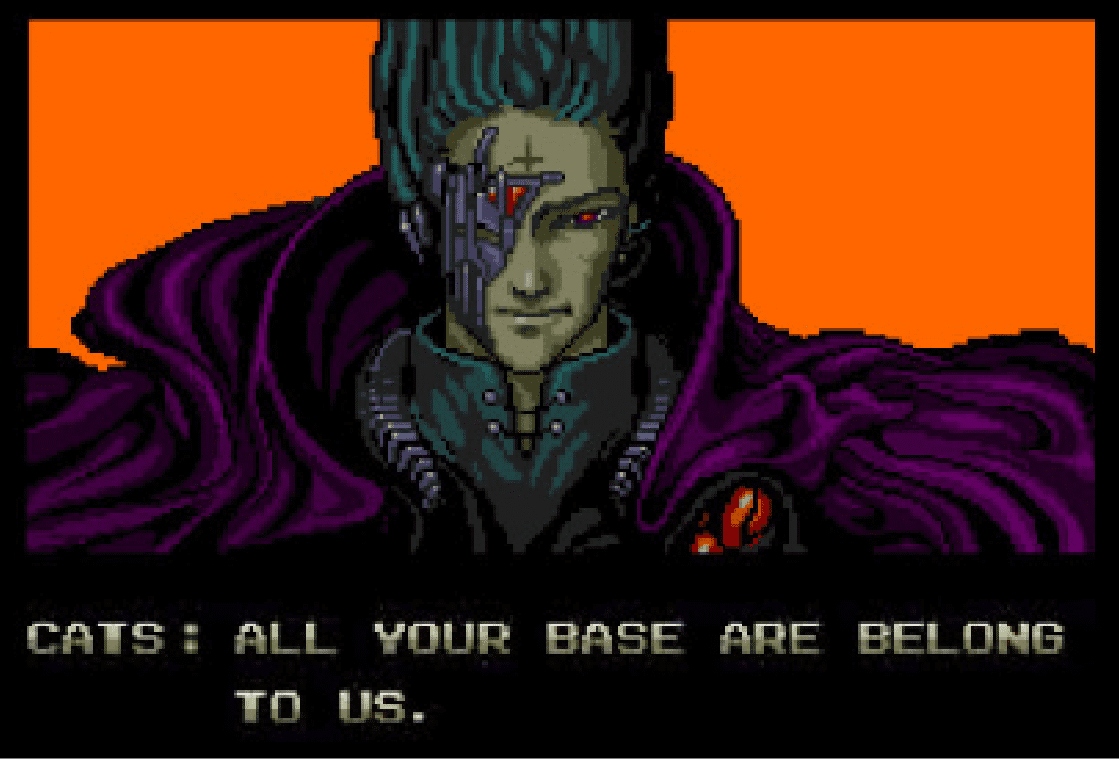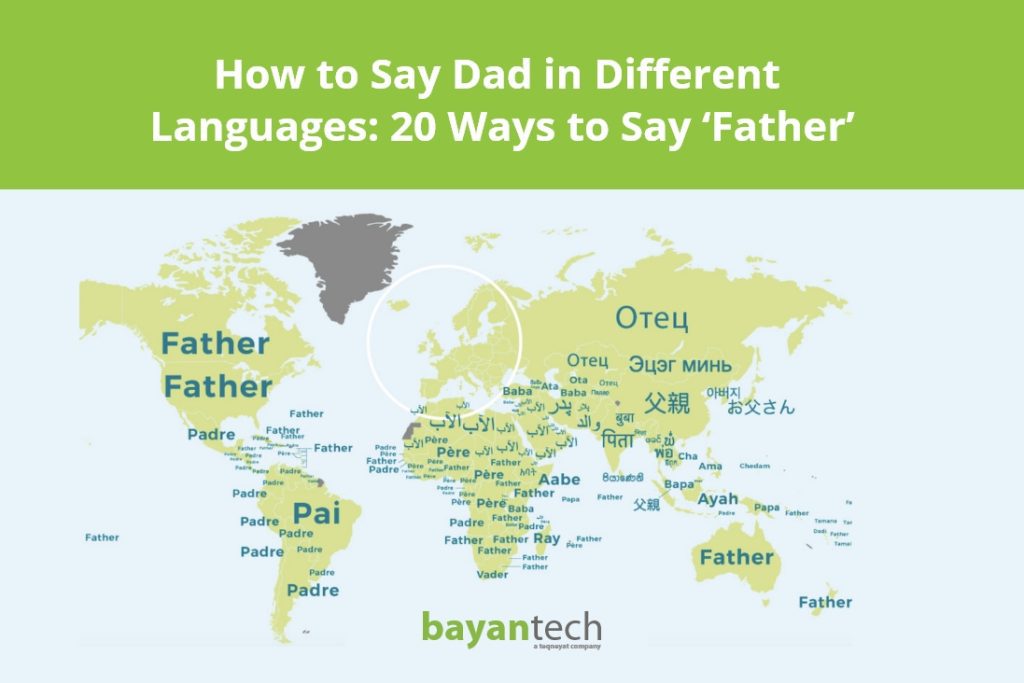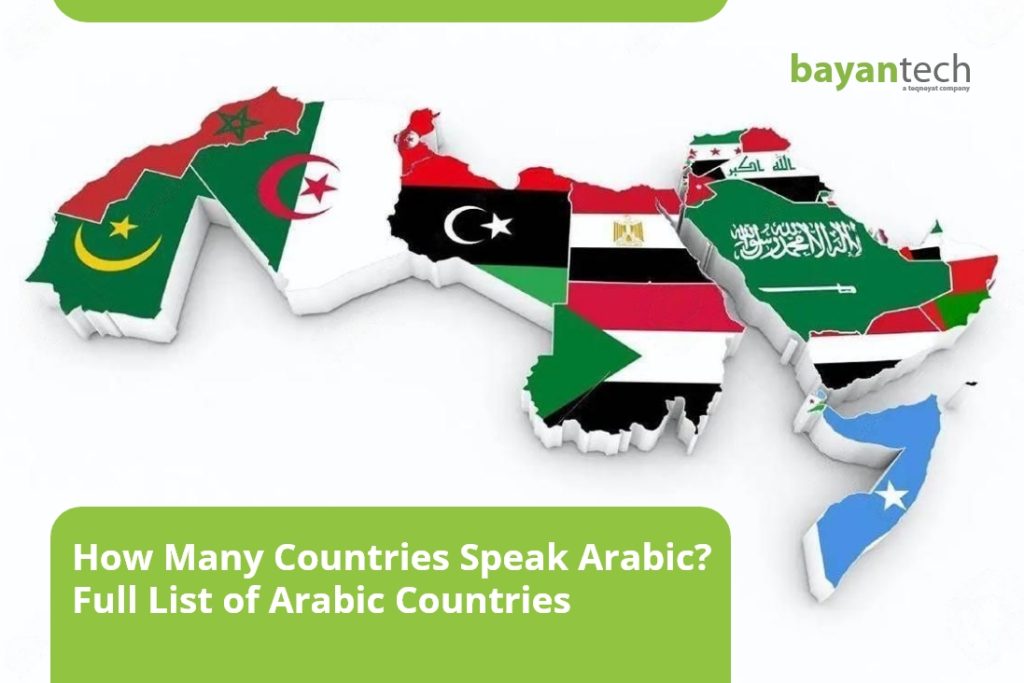The gaming market is growing at an unprecedented speed, and it’s forecasted to surpass the 200 billion dollars in value in 2023. With the advent of online gaming and platforms like Steam, reaching a worldwide audience has never been easier for game developers. Expanding your customer base to a wide arc of countries will boost your revenue, level-up your brand, and create better conditions for you to embark on better, more challenging projects.
But the more complex your game, the more challenging and the more necessary it’ll be to properly localize it. In this post, we’ll cover some best practices for game localization, to ensure that your world-class game can be enjoyed by players across the globe.

Define your Goals and Recognize Potential Problems
It’s relevant to remember the definition of localization. Game localization and game translation aren’t interchangeable terms. Game localization involves a holistic overview and retailoring of your game so it meets the standards, requirements, and expectations of its new audience while preserving its identity. The goal of game localization is ensuring that players in your target region have a quality gaming experience in their own terms. What is a quality gaming experience for your game? Define it, and define the elements that you’ll need to take care of, aside from language, to make it possible.
Localization should target a specific market. You can’t adapt your game so it appeals to every market at once. To succeed across the globe, you’ll need to develop and execute winning strategies for each particular market or region. Once you’ve defined your target audience, you’ll need to consider potential issues.
The localization process for a videogame involves constant problem-solving. Many of these issues may be intrinsic to your game’s theme or format. War games often suffer a backlash from certain audiences since they are prone to deal with geopolitical issues and historical rivalries which can stir emotions. Moreover, certain countries have legislation that restricts the depiction of historical symbols or figures, or cultural taboos that will force us to change graphic content.
Lay Solid but Simple Foundations

Pay Attention to Domain-Specific Terminology
A video game can include terminology that’s specific to an activity or profession. This is the case for sports games, flying simulators, and other types of products.
Hiring people with background knowledge in game localization will streamline your video game localization process since they will either be accustomed to the specialized terminology in your game or skillfully bridge that gap between the source material and their subject matter knowledge.
Properly handling your terminology will make your game more realistic, but also more accessible. Learning how to play a game often requires the player to incorporate these terms, and their proper translation and usage will contribute towards a great gaming experience.
But games that are narrative or experimental will require another type of focus since they introduce new gaming concepts and mechanics. Make sure you pick the right team for each job as it will grant you a satisfying game localization.
Sign up to our newsletter to receive the latest blogs and news
Be Aware of Local Legislation

Coding Best Practices for Game Localization
Make sure that your interface is coded in such a way that it can adapt to longer strings without breaking, and don’t hard-code your script. Hard-coding means including the text directly into the code of the game, instead of handling the script and the code separately. While hard-coding increases the risk of leaving lines untranslated, it’s universally regarded as a bad practice for reasons unrelated to localization. For example, hard-coding translates into difficulties updating and changing your content, making your writers unnecessarily dependent on your developers.
How to Streamline Your Localization Process

Text
Simplify your script, don’t overlook domain-specific terminology.
Code
Don’t hard-code your script, make sure your interface is coded in such a way that it can adapt to longer (or shorter) strings of text.
Images & Media
Don’t dismiss cultural standards and regulations, especially if your game has a sensitive subject matter.
Localization is an investment, and the winning strategy for connecting with international players. Localize, test and refine all parts of your game, as well as its collateral material.
In conclusion, when looking for the best practices for game localization , you should think of the process as a unified project within game development, or at least consider that you will probably do it later on and approach development with future localization needs in mind. That is what we call “internationalization”. Basically, the game should be able to work as a solid foundation for various international versions.
Treating localization as an afterthought will probably hamper the overall quality of the game, as well as hurt the development chain, requiring extensive revisions, and thus draining time and resources. With marketplaces having hundreds, if not thousands of games in their catalogs, and an increasingly demanding and vocal international gaming community, a game that’s poorly adapted will underperform, and the backlash from that underperformance could have lasting effects on a brand’s reputation.
Proper localization is a complex and multifaceted process that involves the adaptation of in-game content (assets, audio, and text), extensive functional testing, and the localization of promotional and instructional material – from guides to your product’s social media presence.
When embarking on a game localization project, it’s wise to hire a reputable and experienced localization company.
In conclusion, when looking for the best practices for game localization, you should think of the process as a unified project within game development, or at least consider that you will probably do it later on and approach development with future localization needs in mind. That is what we call “internationalization”. Basically, the game should be able to work as a solid foundation for various international versions.
Click on a star to rate this post!
0 / 5. 0












